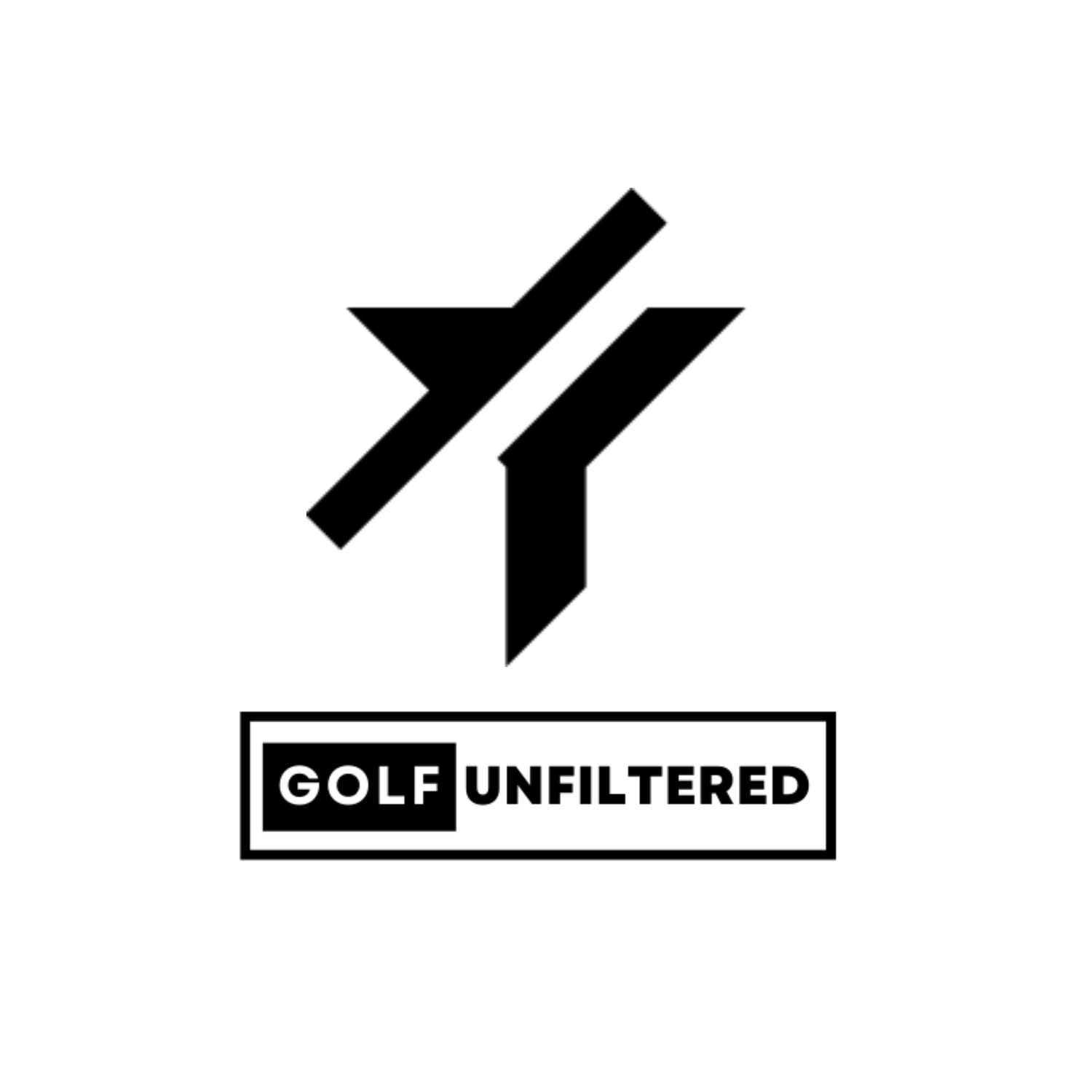Don't get mad at the USGA for the golf ball rollback
An announcement about the upcoming golf ball rollback is expected this week and per our interview with Mike Stachura of Golf Digest it’s reach will be universal across all golfers. Public response has been as severe as it was predictable with amateurs and professionals jumping into the fray, directing anger at the USGA and R&A for a perceived overreaction to a problem that might not exist.
This vitriol is misguided, however, as golf’s governing bodies aren’t the interested parties serving as catalysts to a universal rollback. It’s the golf ball manufacturers and a segment of elite professionals raising a stink about any talk of bifurcation that lead to a one-size-fits-all decision.
It’s incredible that people need to be reminded of this, but the main responsibility of the USGA and R&A is to protect the future of the game. Say what you will about questionable rules changes, putter bans and wedge groove alternations, but golf’s governing bodies are tasked with balancing dozens of variables and interest groups while somehow protecting golf’s longevity.
It is an indisputable fact that golf ball distances have been increasing annually since 1980. The numbers don’t lie, and while the rate of increase has slowed since the early 2010’s, professional golfer data clearly shows an upward trend with no ceiling.
Whether you believe this increase presents a problem or not continues to be a dividing argument among golfers. Regardless, it shouldn’t be too much of a stretch to suggest if left unchecked, distances will eventually render many courses obsolete. It might not be in the next 10 years, but at some point something has to give. Golf’s governing bodies want to act on something now to prevent a bigger problem later.
Bifurcation was that potential solution. The governing bodies even heard public commentary on the idea (and others), allowing anyone in the golf industry to offer their opinion on the proposal. The response was as swift as it was unsurprising: golf ball manufacturers and professionals hated the idea of bifurcating the game.
The rationale behind their disagreement remains unclear. On the manufacturers’ side, a game with two sets of rules clearly impacts a brand’s bottom line and causes headaches for marketing departments. How do you sell two different types of the same golf ball? Never mind that these brands employ some of the brightest scientists and engineers in sports, capable of designing little round spheres with aerodynamic capabilities inspired by rocket launches. Introduce a little marketing dilemma and POOF, all of that intelligence goes away in a flash.
Give me a break.
Response from some professional golfers has been even more questionable. While the likes of Rory McIlroy and Padraig Harrington have offered sensical arguments for the rollback proposal, others like Keegan Bradley and MacKenzie Hughes likely view this as more of a threat. They are not alone in that opinion, mind you, as many other pros have lamented on what a rollback might mean for their own bottom line (in a matter of speaking).
It was this combination of manufacturer and golf pro anxiety that pressured the USGA and R&A to amend their bifurcation proposal. As a result, the governing bodies decided to just roll back the ball for everyone, allowing the proposal’s biggest dissenters to figure out what it means to them.
In turn, all golfers are now faced with a future reality where their golf balls will be different from what they play today. If that phrase reads as being painfully obvious… it should. Any assertion that amateur players who play once a week (or less) will suddenly have their enjoyment of the game ripped away is nonsense. At worst, “common person” golfers will experience a marginal decrease in distances coupled with a marginal boost in accuracy due to reduced flight balls.

